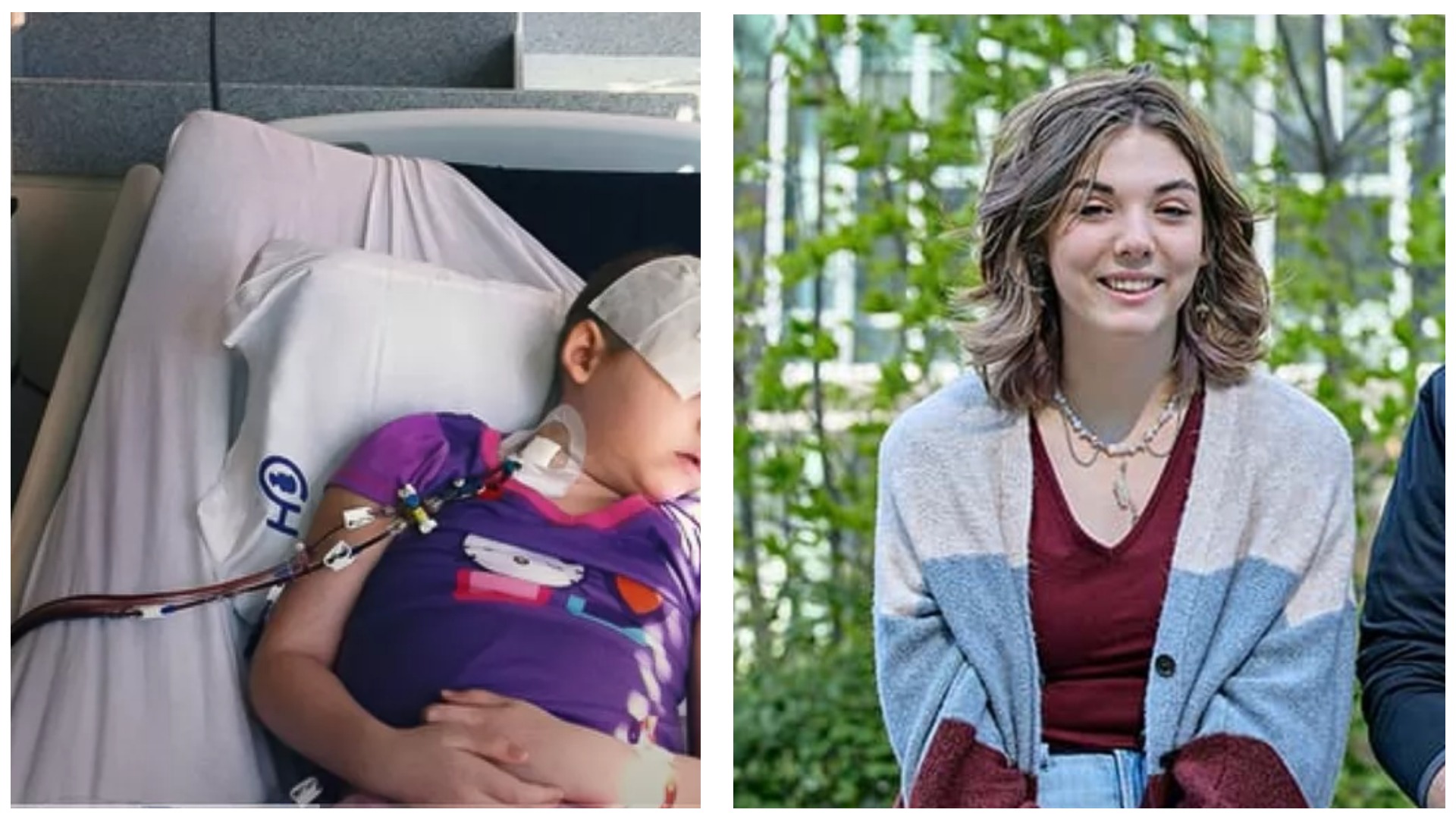It all began in 2010 in Philipsburg, Pennsylvania, where little Emily Whitehead was a vibrant five‑year‑old, full of mischief and laughter.
Within days after a routine check‑up, her mother noticed unusual bruises and bleeding—classic symptoms that quickly led to a devastating diagnosis: acute lymphoblastic leukemia (ALL). Her life, overnight, changed into one filled with fear and chemotherapy treatments.
The initial rounds of chemotherapy were brutal. Emily endured high fevers, infections so severe that doctors even considered amputation of her legs. Yet she achieved remission—until, in October 2011, the leukemia came back with a vengeance. Her survival odds plummeted to less than 30 percent.

Her parents, Tom and Kari, refused to give up. Kari, a research project coordinator, dove deeply into every possible treatment. When doctors at the Children’s Hospital of Philadelphia (CHOP) offered Emily access to a Phase I CAR T‑cell therapy trial, they grasped at that lifeline—even though it was novel and untested in children.
CAR T‑cell therapy was pioneering: doctors would harvest Emily’s T‑cells, genetically engineer them to seek and attack leukemia cells, then infuse them back into her. It was cutting‑edge science—still experimental.
On May 10, 2012, Emily received the infusion. Twenty‑three days later, her blood tests revealed something incredible: all cancer was gone. She had entered complete remission. Doctors, including Dr. Stephan Grupp, called the outcome groundbreaking.

The family was stunned. “It was a total shock after everything she’d been through,” Kari later recalled.
The news exploded. Media dubbed her “the miracle child.” Soon, her words—“It’s a miracle I’m alive”—echoed across social media.
Scientists and oncologists took notice. Emily’s case became a milestone in immunotherapy. Since then, thousands of children and adults worldwide have received CAR T‑cell treatment with great success.
Yet at its heart, this remained a human story. Emily grew up, thrived in school, achieved ordinary milestones—she got her driver’s license and applied to college, cancer‑free . The family also established the Emily Whitehead Foundation, advocating for immunotherapy awareness and research funding .

At a recent event, in an unexpectedly funny moment, Emily quipped:
“I survived chemo, experimental therapy, and almost losing my legs—and all I wanted was a normal teenage drama about prom and grades.” The room shared laughter—and relief.
Her story now stands at the crossroads of faith, science, and resilience. Even when doctors say it’s over, sometimes hope and progress collide to rewrite endings.
In a final twist that warmed hearts: at a family barbecue, Emily broke into the same playful childhood song she loved at age five—dancing freely, living proof that miracles can be real.
Because sometimes, the real magic is science—and a brave little girl who beat the odds.

Sources
-
“Emily Whitehead, First Pediatric Patient to Receive CAR T‑Cell Therapy, Celebrates Cure 10 Years Later” — Children’s Hospital of Philadelphia (qiagen.com, Cancer Research Institute, chop.edu)
-
“Teen Is Cured from Cancer After Groundbreaking Therapy: ‘It’s a Miracle I’m Alive’” — People.com (People.com)
-
“Relapsed Leukemia: Emily’s Story” — CHOP Stories (chop.edu)
-
“The Incredible Story of Emily Whitehead & CAR T‑Cell Therapy” — Oncology Times (via Emily Whitehead Foundation) (Emily Whitehead Foundation)
-
“Emily Whitehead: A Young Girl Beats Cancer with Immunotherapy” — Cancer Research Institute (Cancer Research Institute)
-
“Reflections on Past, Present and Future Milestones in Immunotherapy” — Aldevron Blog (aldevron.com)

